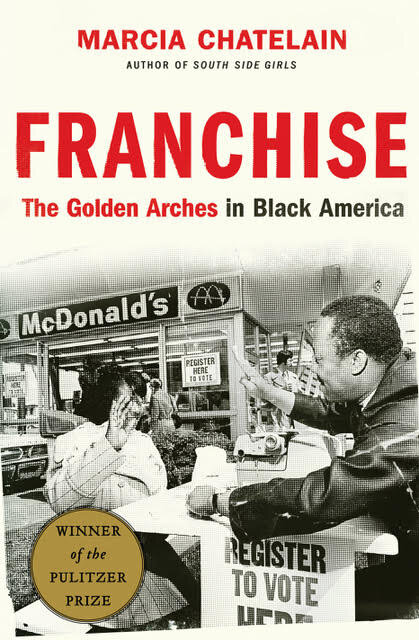“Each January, scholars and activists alike prepare to refute superficial and simplistic tributes to Martin Luther King Jr. The widespread celebration of the King holiday—from churches to schools to corporations—makes this difficult. King's legacy is invoked to promote empty multiculturalism and facile ideas of change, and it reflects erasures in civil rights history. Historian Michael K. Honey rights some of these wrongs in To the Promised Land: Martin Luther King and the Fight for Economic Justice. With clear writing and a thoughtful voice, Honey guides readers through pivotal movements of King's life by foregrounding his tense and symbiotic relationships with the labor movement. Honey adds texture to King's journey from being a descendant of people who ‘experienced deep poverty in the countryside’ to the supporter of striking sanitation workers in Memphis the day before his assassination (p. 22). Honey emphasizes that King's path was sometimes cleared, and sometimes muddied, by an interracial, but not always harmoniously integrated, labor movement.”
Read More“Terrance Roberts shot and injured Hasan Jones in 2013. There is no question about that. What made this shooting fascinating to people in Denver was the question of which Terrance Roberts shot Jones. Roberts had risen to prominence locally and nationally as a peace activist, after years in the Bloods gang and serving a decade in prison on several felony convictions. Roberts’s anti-gang effort, known as the Colorado Camo Movement because of its members’ camouflage gear, unfolded in the very section of Denver he used to run. Had Roberts, the founder of a youth mentoring organization, acted in self-defense against Jones, a gang member? Or did ShowBizz — Roberts’s gang moniker — appear that day because, in fact, Roberts had never really changed?”
Read More“As Keeanga-Yamahtta Taylor shows in Race for Profit, we are also only beginning to reckon with the complex network of bankers, real estate agents, and federal agencies that used the rhetoric of equality to obscure a set of race-to-the-bottom schemes that sought to extract as much wealth as possible from poor Black Americans.”
Read More“The Smithsonian Institution's new National Museum of African American History and Culture (NMAAHC) takes visitors on a spellbinding journey through the African American past and present.”
Read MoreIn a time when academic activists like Kimbele Crenshaw are challenging the invisibility of girls of color in conversations about police brutality and educational disparities through the #SayHerName campaign, new work on the history of black girlhood demonstrates creative ways of disrupting these inaccurate, dominant narratives.
Read MoreMonique W. Morris, co-founder of the National Black Women’s Justice Institute, has spent years listening to the black girls behind the statistics and concludes that the arrests and detentions often worsen the social, educational and economic struggles of an already vulnerable group. Read my review of her book “Pushout.”
Read MoreWhen does a moment become a movement? Is it in when the wails of grief over a person gunned down by police or a neighborhood vigilante become a rallying cry for change?
Read MoreThis review appeared in Perspectives on History, September 2014.
Read More